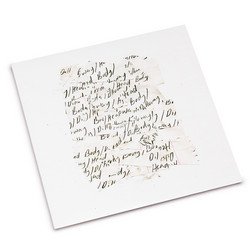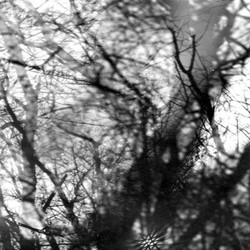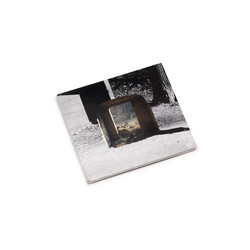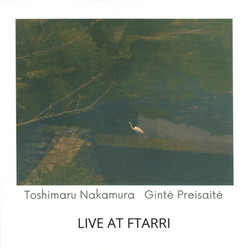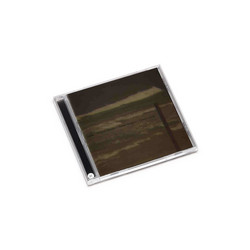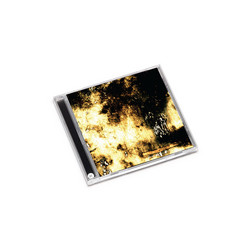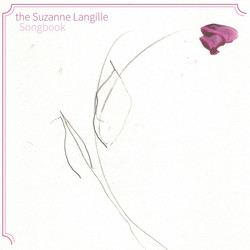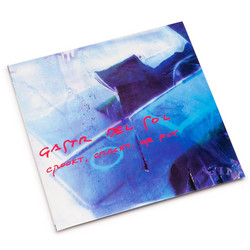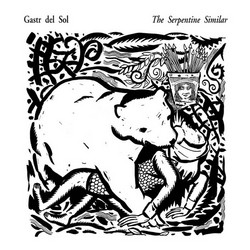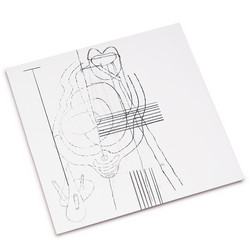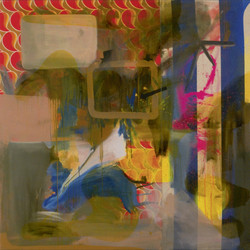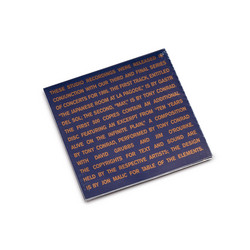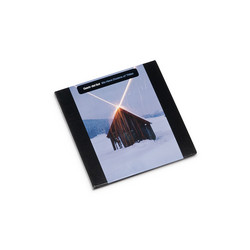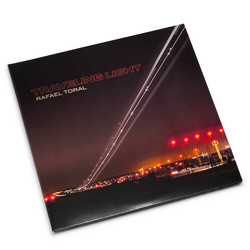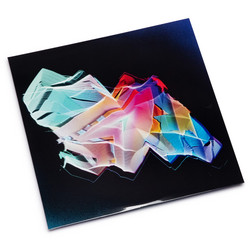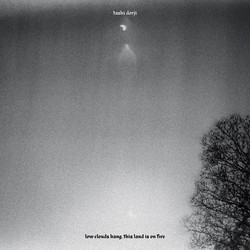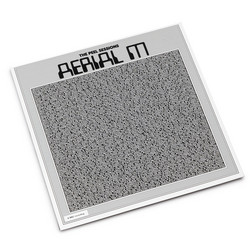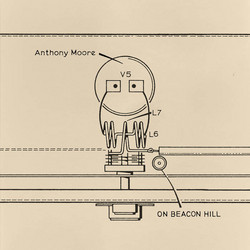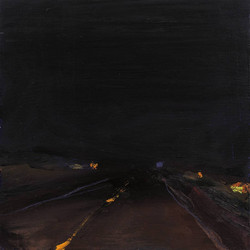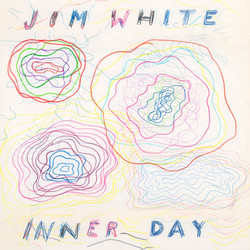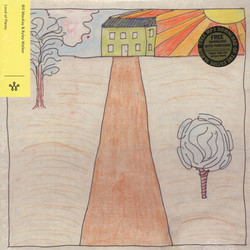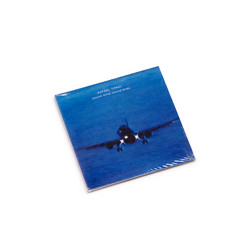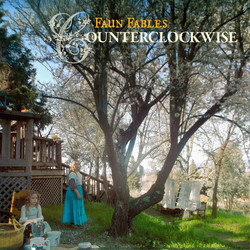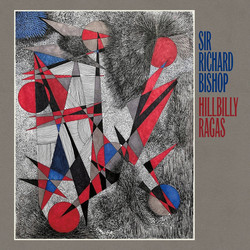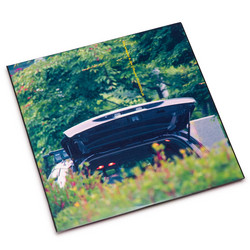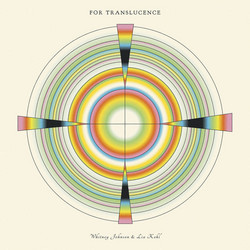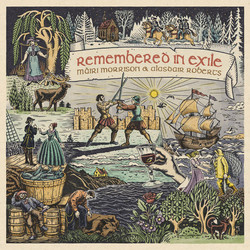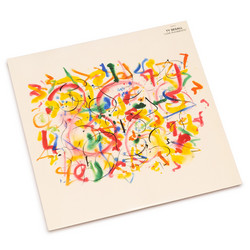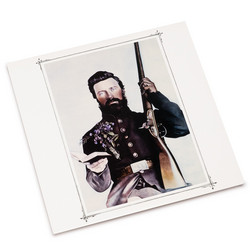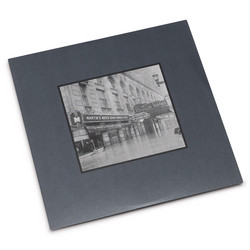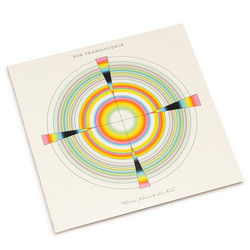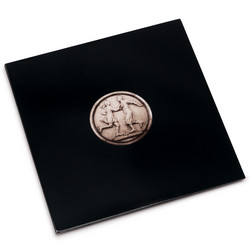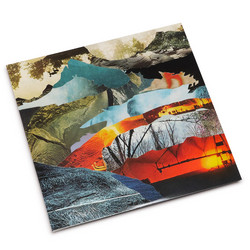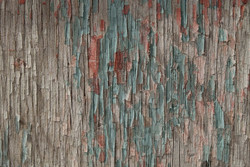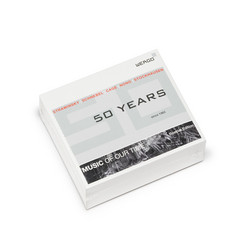Upgrade & Afterlife stands as a pivotal and singular recording in the catalog of Gastr del Sol, the duo of David Grubbs and Jim O’Rourke. Originally released in 1996, this album is frequently cited as a landmark of post-rock and experimental music, praised for its blend of avant-garde abstraction, folk minimalism, and a restless, exploratory spirit. The album opens with “Our Exquisite Replica of ‘Eternity’,” a piece that has become emblematic for many listeners: a slow-building, cinematic soundscape that combines mangled drones, brassy orchestral samples (from Hans J. Salter’s The Incredible Shrinking Man soundtrack), and electronic textures to create a sense of alien strangeness and emotional depth. The track’s title, inspired by a sign on a Japanese perfume vending machine, hints at the band’s playful conceptual approach.
Throughout Upgrade & Afterlife, Gastr del Sol continually subverts expectations: “Rebecca Sylvester” begins as a sparse guitar ballad before dissolving into ambient abstraction, while “Hello Spiral” and “The Relay” explore fractured electronics, shifting grooves, and prismatic vocal layers. The closing track, a cover of John Fahey’s “Dry Bones in the Valley (I Saw the Light Come Shining ‘Round and ‘Round),” features a guest appearance by Tony Conrad on violin, bridging American folk traditions with the avant-garde and providing a fittingly monumental conclusion.
Critics have described the album as “stark and minimalist at times, jazzy and far-ranging at others,” with a unique ability to make “background music that quietly asserts itself into the foreground”. Pitchfork noted its way of letting “folk and avant-garde abstract each other into something warm, minimal, and slanted”. The album’s cover, Wasserstiefel (Water Boots) by Roman Signer, further underscores its enigmatic and conceptual nature.
Upgrade & Afterlife remains a touchstone for listeners seeking music that is as immediate as it is strange, as spiky as it is immersive-a record that continues to reveal new layers with every listen, and a high point in the collaboration between Grubbs and O’Rourke
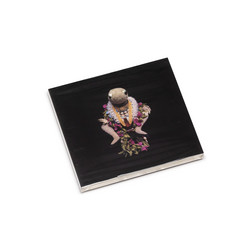
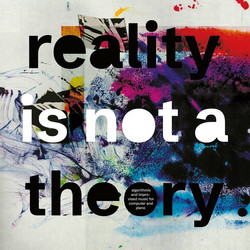
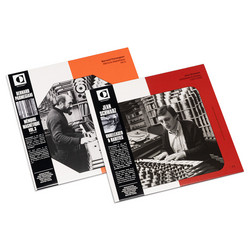
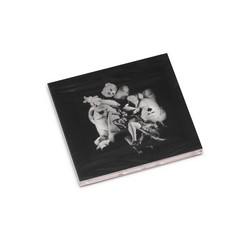
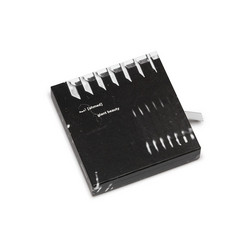
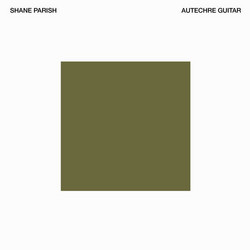
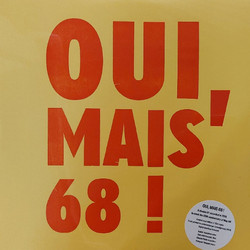
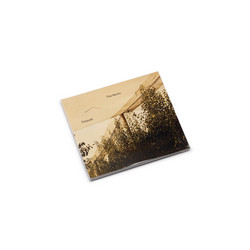
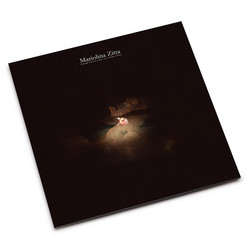
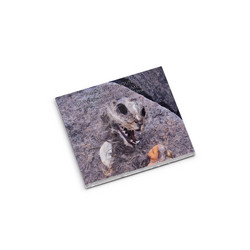
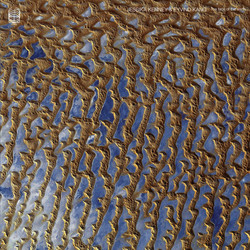
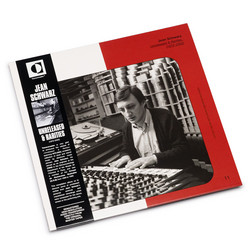
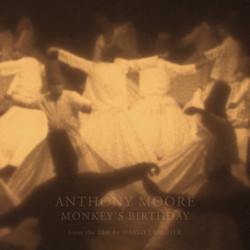

![Eyry]](https://cdn.soundohm.com/data/products/2025-11/anne-gillis-art-into-life-jpg.jpg.250.jpg)
